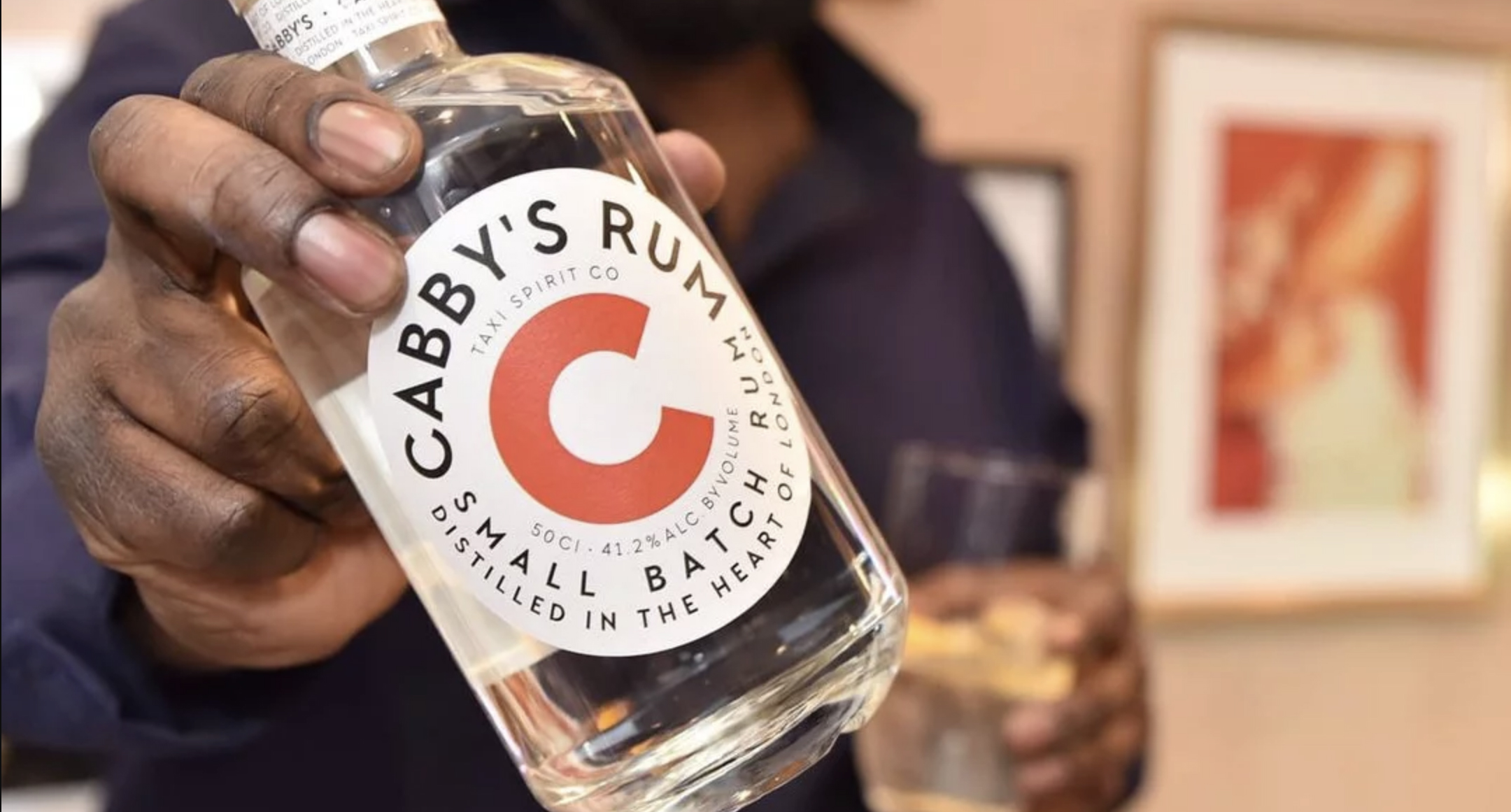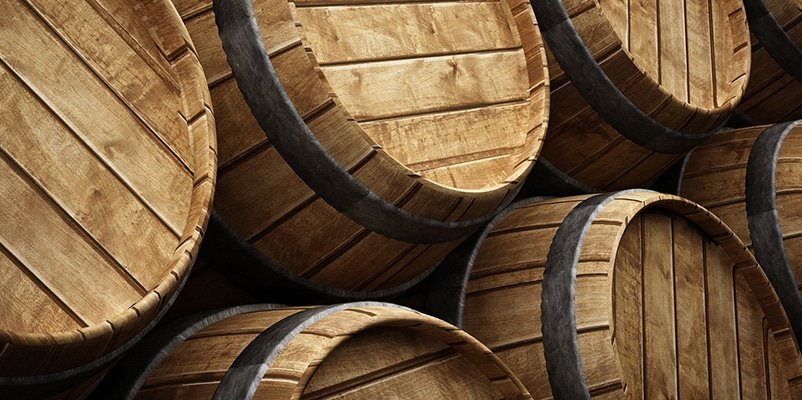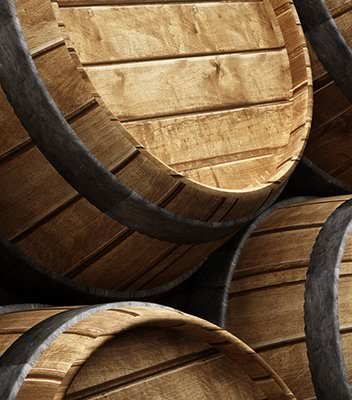RUM PRODUCTION BEGINS WITH SUGAR CANE. TO THIS DAY, MATURE SUGAR CANE IS HARVESTED BY HAND – GRUELING MACHETE WORK – IN MANY PARTS OF THE WORLD.
The cut cane is promptly transported to the mill where it is crushed in a machine. The crushing extracts the sugar cane juice from the fibrous pulp. The crushed pulp waste is burned to generate power to crush the cane and sometimes to heat a distillation column. Depending on where you are, the pulp waste can later be burned to generate power or to heat the still.
Now that you have the sugar cane juice, three different things can happen:
One, you can proceed directly to fermenting and distilling the sugar cane juice. This is what they do in the French West Indies (Martinique and Guadalupe). Understandably, this most direct approach yields rum that most closely preserves the vegetal characteristics of the cane.
Two, you can cook down and concentrate the sugar cane juice into a syrup. This syrup is itself a stable sweetening product, but the syrup can also be fermented and distilled. A few distilleries work with fermented syrup, because it gives them most of the characteristics of sugar cane juice that they are looking for while enabling them to distil all year, not just at the harvest.
Three, you can process the juice into molasses and crystallized sugar. The crystallized sugar is sold as a sweetening product, and the molasses is sold to a distillery to be fermented and distilled into rum. Most rum is distilled from fermented molasses.
The fermentation process varies by the distillery, and there’s a great deal of variation involved. At one extreme is “natural fermentation,” where yeasts inherent in the environment are relied upon to ferment the sugars in open vats. At the other extreme, fermentation is tightly controlled under laboratory-like conditions. For efficiency and predictability, most commercial rum fermentation processes fall between these two extremes; distilleries purchase and add the specific yeast cultures they want and take basic precautions appropriate to their environment. Time is also a factor for fermentation; some ferments last only several hours while others can take up to two weeks.
The next step is distilling. The concept and basic mechanics of distillation are simple. A fermented liquid is heated in a sealed vessel to approximately 175 degrees Fahrenheit, evaporating the alcohols from the liquid. The alcohols are then re-condensed and collected, yielding the raw spirit. However, the reality of distillation is extremely complex. There is virtually no seemingly trivial detail that lacks the potential to affect the end product. Distillation is a science, and success depends on a great deal of expertise, but craftiness, habit, mother nature, superstition, and luck all play a role.




